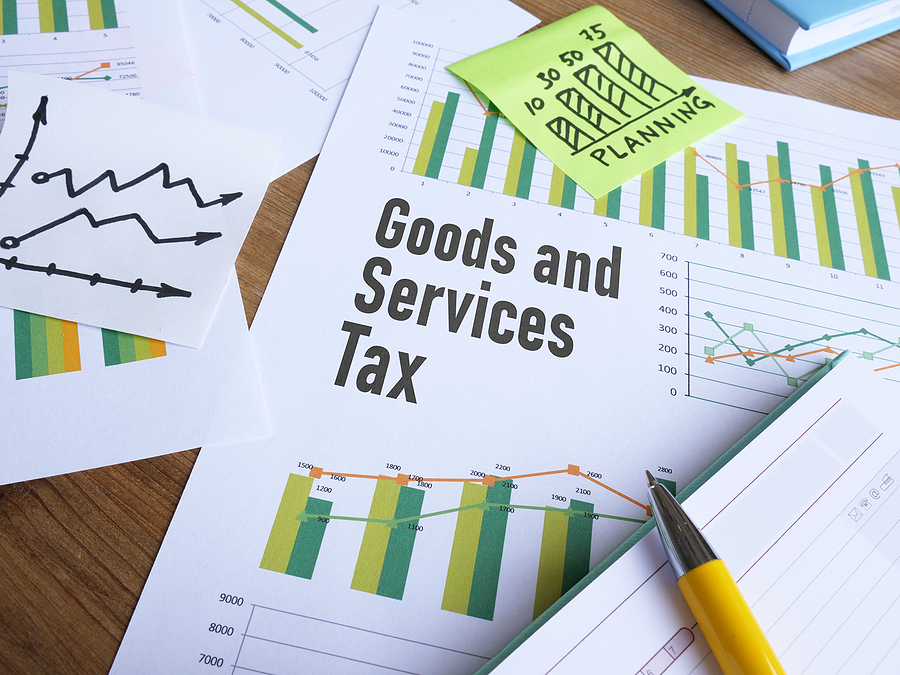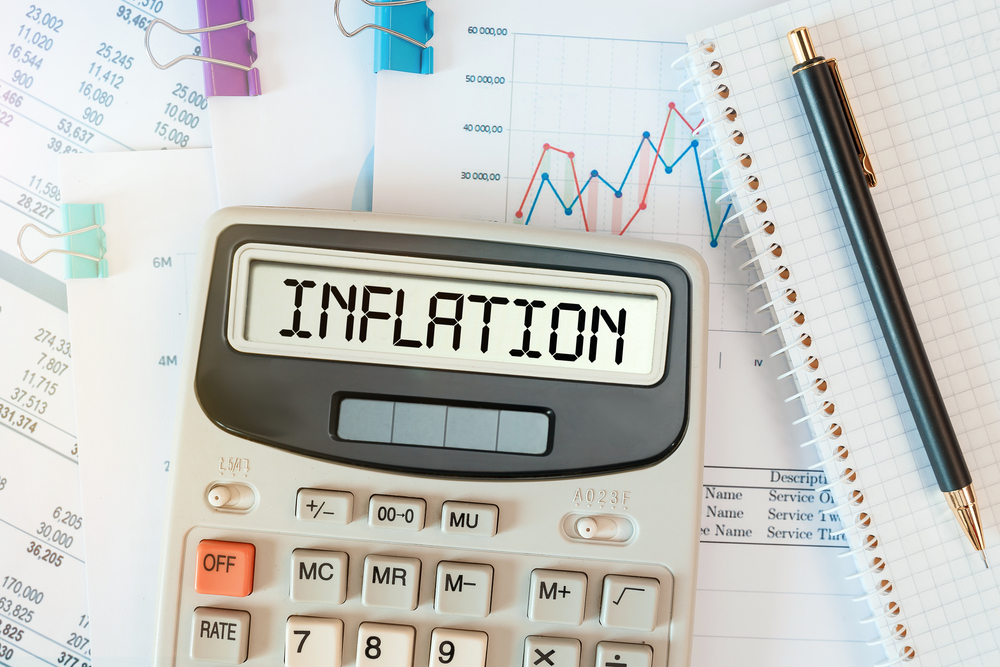Victoria is heaping renewed pressure on the federal government to change the GST system as the state faces a $1.4 billion budget shortfall.
The Albanese government must make the “no worse off” GST guarantee permanent so states and territories can have financial certainty moving forward, Victorian Treasurer Tim Pallas says.
“The way the GST is currently being applied is an affront to decency,” Mr Pallas said on Tuesday.
“It, quite frankly, is a ridiculous distortion put in place by the previous Morrison government.”
Mr Pallas and NSW Treasurer Matt Kean last year pushed for a scheduled review of the GST formula by the Commonwealth Grants Commission to be brought forward.
It was knocked back by then-federal treasurer Josh Frydenberg, who cited a lack of consensus on out-of-cycle changes among state treasuries.
Under the transition to the new formula, the GST share for states cannot fall below a minimum per person.
The floor was set at 70 cents per dollar for 2022/23 and 2023/24, rising to 75 cents from 2024/25.
If the floor is activated, payments are made by the federal government outside of a GST pool, but are due to end when the “no worse off” guarantee expires in 2026/27.
Under the previous regimen, WA received an all-time low of 30 cents for every GST dollar raised in the state in 2016/17, but is guaranteed to receive 70 cents to the dollar under the new formula.
In a report published on Tuesday, the Commonwealth Grants Commission flagged “no worse off” payments in 2023/24 would increase for every state and territory except WA.
WA will receive $5.6 billion more in GST revenue in 2023/24 than it would have under the old system.
“In the absence of the relativity floor, Western Australia’s very strong relative fiscal capacity would result in it receiving a relativity well below the floor,” the commission said in its 2023 GST revenue sharing relativities update.
Victoria is expected to receive a $1.4 billion top-up next financial year, based on its recommended GST share of $18.8 billion.
Mr Pallas said that would mean Victoria could not pay tens of thousands of nurses, teachers and police if the safety net was not in place.
He said when the change was legislated in 2018, Victoria warned the Morrison government the floor price effectively meant other states were subsidising mining-rich WA.
Last year, Prime Minister Anthony Albanese assured WA Premier Mark McGowan he would not change distribution of the tax.
Victorian Premier Daniel Andrews said he had not spoken to Mr Albanese recently about changes to the GST system, but Victoria would keep fighting for its fair share.
“You want to do a sweetheart deal for WA, that’s fine if that’s your choice,” he said.
“But … we will not be worse off so that WA can be better off.”
Federal Treasurer Jim Chalmers said the GST floor was a $5.6 billion “thank-you” to WA for keeping the wheels of the national economy turning.
He wouldn’t be drawn on whether the “no worse off” guarantee would continue beyond 2026/27.
“We’ll consider that at the appropriate time, but what’s not under consideration … is the GST floor here in Western Australia,” Dr Chalmers said in Rockingham alongside WA’s Defence Industry Minister Paul Papalia.
The Productivity Commission is scheduled to report on the implications of the 2018 reforms by the end of 2026.
ESTIMATED “NO WORSE OFF” PAYMENTS FOR 2023/24
* NSW – $1.72b
* Victoria – $1.43b
* Queensland – $1.12b
* Western Australia – $0
* South Australia – $373m
* Tasmania – $113m
* ACT – $96m
* Northern Territory – $37m
Callum Godde and Michael Ramsey
(Australian Associated Press)






